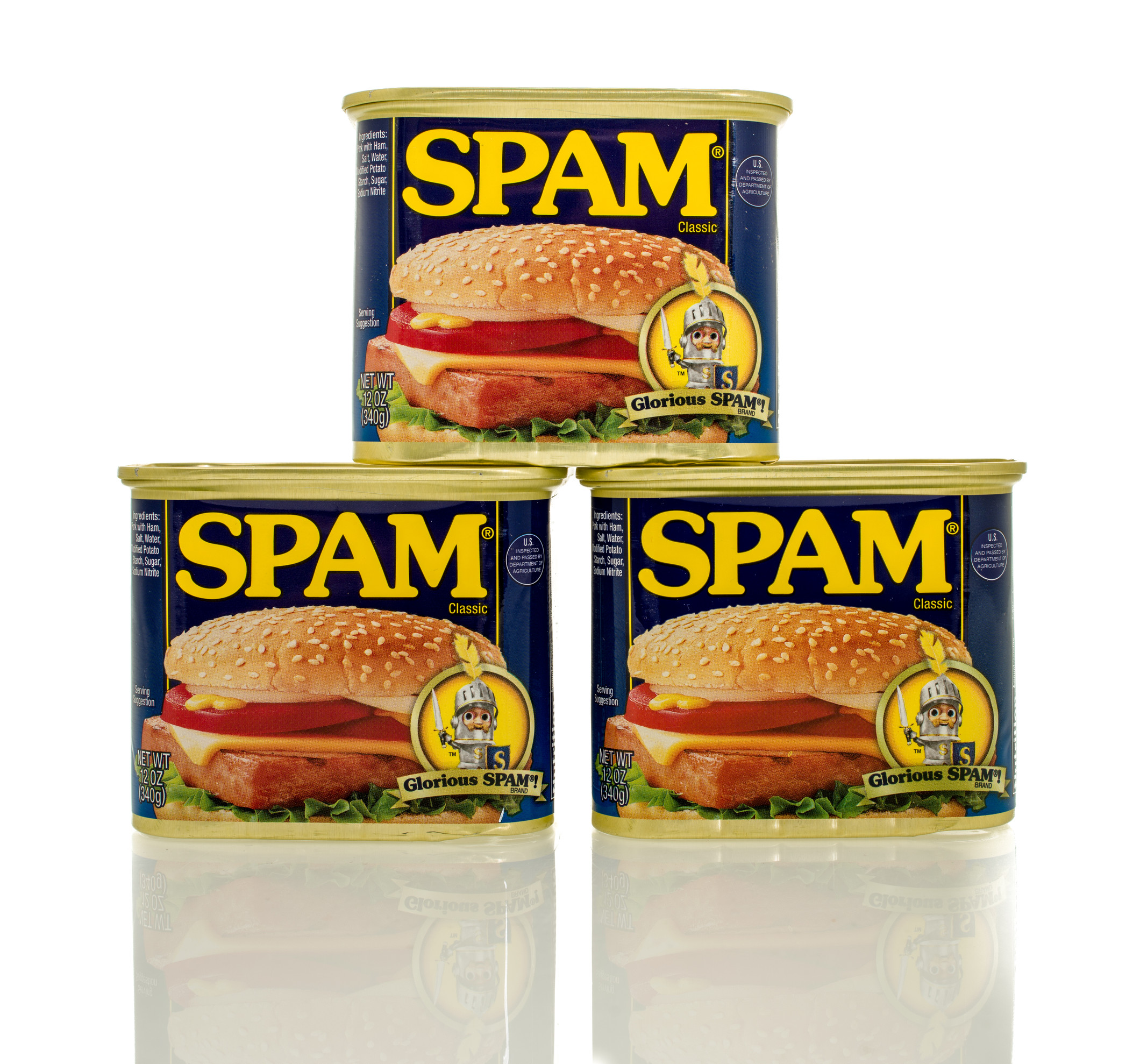
Spam is a pantry classic—cheap, tasty, and ready to go anytime you pop open the can. But if you’ve ever fried up Spam and ended up with mushy, overly salty, or just plain disappointing slices, you’re not alone. When you avoid these common Spam-cooking mistakes, your slices turn golden-crispy, flavorful, and satisfying every time. This article shows you the top 7 mistakes people often make with Spam—and how to dodge them so your next meal shines. Knowing these tips means better texture, better taste, and less waste in the kitchen.
1. Cutting It Too Thick or Uneven
One of the most frequent cooking Spam mistakes is cutting slices that are too thick or slicing unevenly. Thick slices take much longer to cook through, often burning the outside before the center warms properly. If slices vary in thickness, you’ll have inconsistent results—some pieces overdone, others still cold. Uniform, moderate-thickness slices allow heat to reach the center while giving you that tasty crispy outer layer. To cook Spam better, aim for slices around ¼ to ½ inch thick and match them as closely as possible.
2. Overcrowding the Pan
Another misstep in cooking Spam is cramming too many pieces into the pan at once. When the pan is crowded, slices steam rather than sear, preventing that desirable browning and crisp texture. Heat gets drained by too much meat touching the surface, which means each piece competes for direct pan contact. It’s better to cook in batches if needed, so every slice gets enough space. A large non-stick or cast-iron skillet works well for even cooking without overcrowding.
3. Not Heating the Pan First
One cooking Spam mistake that ruins potential crispiness is tossing Spam into a pan that isn’t hot enough. If the pan (or the oil) is cold, the Spam won’t start to sear immediately, and moisture can linger, making slices soggy. A hot pan helps lock in moisture quickly and forms a flavorful crust. Heat the skillet first (on medium-high), let it get hot, then add a small amount of oil or cook in its own rendered fat. That short sear turns ordinary Spam into something much more delicious.
4. Ignoring the Salt Factor
Spam is salty by nature—it’s a preserved meat. One of the biggest cooking Spam mistakes people make is adding other salty ingredients liberally without accounting for Spam’s sodium content. Over-salty sauces, broths, or marinades can push your dish from savory to overwhelmingly salty. To fix that, rinse or boil Spam slices briefly to remove some salt, or use low-sodium versions. Also, balance salty flavors by adding acidic or sweet components like vinegar, citrus, or a touch of sugar to round things out.
5. Letting Excess Oil Ruin Texture
Fat is part of the charm of Spam, but too much oil or leaving slices sitting in leftover fat are common cooking mistakes that disrupt texture. If you fry Spam and don’t drain slices well, the oil clings, leaving pieces oily, limp, and far from crisp. After cooking, lay slices on paper towels or a wire rack to drain skin-crisp texture. Also, you often don’t need to add much—or any—extra oil; Spam releases fat when heated. Managing the fat helps with crispy edges rather than greasy pieces.
6. Using Only One Cooking Method
Many people who use Spam default to frying in a pan—and there’s nothing wrong with that—but it becomes a cooking Spam mistake if you never try anything else. Broiling, air-frying, grilling, or even baking can bring out different textures and flavors. Each method has pros: the broiler gives char, the air fryer gives crisp with less oil, and grilling adds smoky notes. Sticking to just stovetop frying misses out on these variations. Experimenting broadens what you can do with Spam and keeps meals more interesting.
7. Keeping an Opened Can Too Long or Improper Storage
Once you open a can of Spam, storage becomes critical—and ignoring that is a common cooking Spam mistake people make. An open can left uncovered or stored improperly can lead to rapid quality decline: off smells, discoloration, or texture changes. Transfer leftover slices into a sealed container or wrap well in plastic wrap and refrigerate; use within 3-5 days. If you want longer storage, freezing small portions works fine, though the texture may change slightly. Proper storage ensures your Spam cooks well and tastes good whenever you use it.
How Avoiding These Cooking Spam Mistakes Elevates Your Meals
Dodging these cooking Spam mistakes doesn’t just improve your Spam—you upgrade your whole meal experience. When slices are evenly cut, crisped properly, and seasoned just right, even humble Spam shines in breakfast hashes, sandwiches, musubi, or stir-fries. Small efforts—like pre-heating the pan, managing oil, or trying different cooking methods—lead to big flavor gains. Also, respecting storage and salt levels means less waste and better control over your dish’s taste and health profile. Master these techniques, and Spam stops being a last-resort meat and starts being a versatile, tasty option.
What’s your biggest cooking Spam mistake—or the trick that finally made it cook right for you? Share your Spam wins or disasters in the comments!
You May Also Like
7 Items That Are No Longer Stocked in Big Cities—But Still in Small Towns
Remember These? 10 Canned Foods That Quietly Disappeared
12 Foods With a Shelf Life Up To 15 Years
Why Do Some Canned Goods Have No Expiration Date?
7 Canned Foods That Test High for Heavy Metals
The post 7 Common Mistakes People Make When Cooking Spam appeared first on Grocery Coupon Guide.







